The plan to deploy a US nuclear submarine to South Korea for the first time since 1981 is the headline of the revelations of the “Washington Declaration”, a set of measures aimed at forcing Pyongyang to think twice before launching nuclear attacks against its southern neighbor.
“Our defense cooperation is unwavering and that includes our commitment to expanding deterrence against the misuse of nuclear weapons,” US President Joe Biden said at a White House press conference with South Korean President Yoon Suk Yeol.
Despite the symbolic value, some experts question the rationale of such decisions as a military move. Some say the submarines could strike North Korea from thousands of miles away, while others say that sending them to a foreign port in public would reduce the effectiveness of a weapons system designed for surprise attacks.
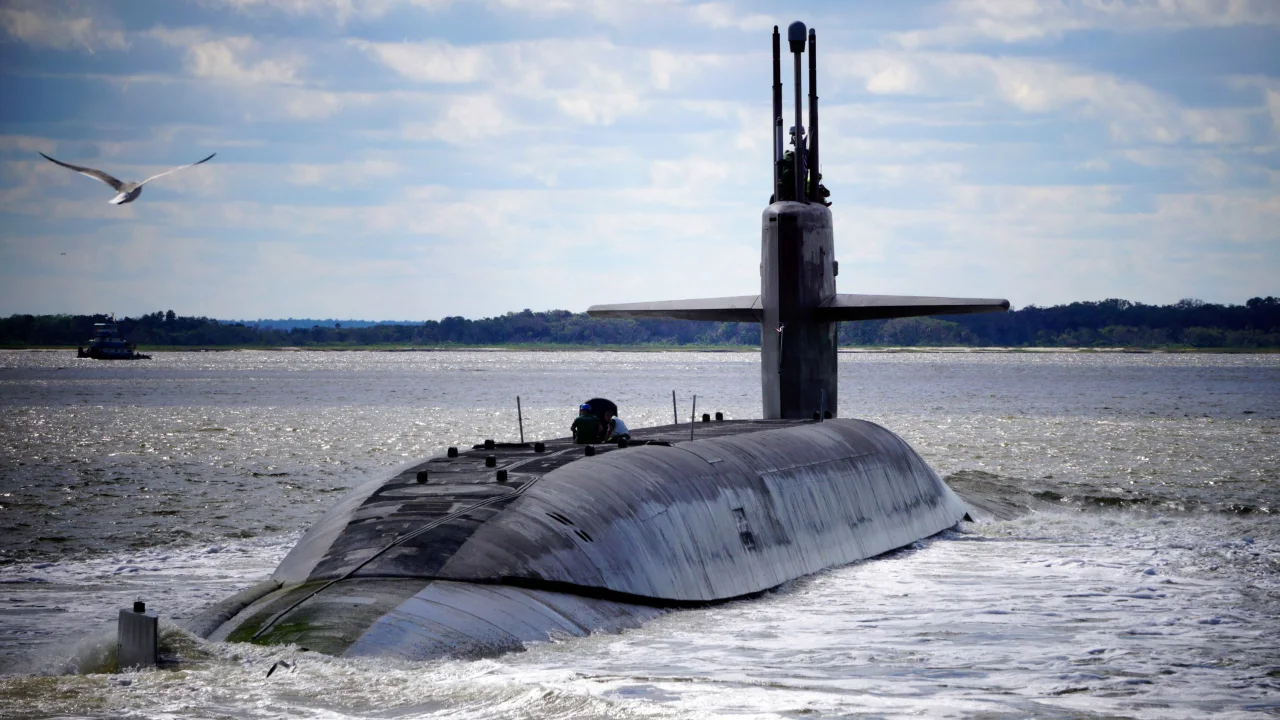
The Ohio-class ballistic missile submarine USS Alaska returns to port at Naval Submarine Base Kings Bay, Georgia, April 2, 2019. Photo: Bryan Tomforde/U.S. Navy/Reuters.
Boomer submarine
The US Navy operates 14 Ohio-class nuclear-powered ballistic missile submarines (SSBNs), eight of which are based in Washington state and six in Georgia.
The 560-foot (170-meter) long ships, commonly known as “boomers,” displace 18,000 tons of water when fully submerged and are each powered by a nuclear reactor.
The Ohio-class submarines are designed to operate for 77 days at sea before docking for 35 days of maintenance, the Navy said. Each submarine is manned by two crews — a “blue” crew and a “yellow” crew — and the two crews rotate so that all 155 sailors on board each ship get adequate rest and exercise between patrols.
Weapon system
Each Ohio-class submarine carries up to 20 Trident II ballistic missiles. These missiles have a range of 4,600 miles (7,400 km) and can strike targets in North Korea from large swaths of the Pacific , Indian and Arctic oceans. “Militarily, these submarines don’t need to be anywhere near North Korea to strike potential targets there,” said Blake Herzinger, a research fellow at the Center for American Studies. Each Trident II missile can carry multiple warheads that can be sent to different targets at the same time.
The Nuclear Threat Initiative at the James Martin Center for Nuclear Weapons Reduction Studies estimates that each Trident II missile can carry four nuclear warheads, meaning each US ballistic missile submarine can carry 80 nuclear warheads.
In other words, a Trident missile-equipped submarine could level North Korea.
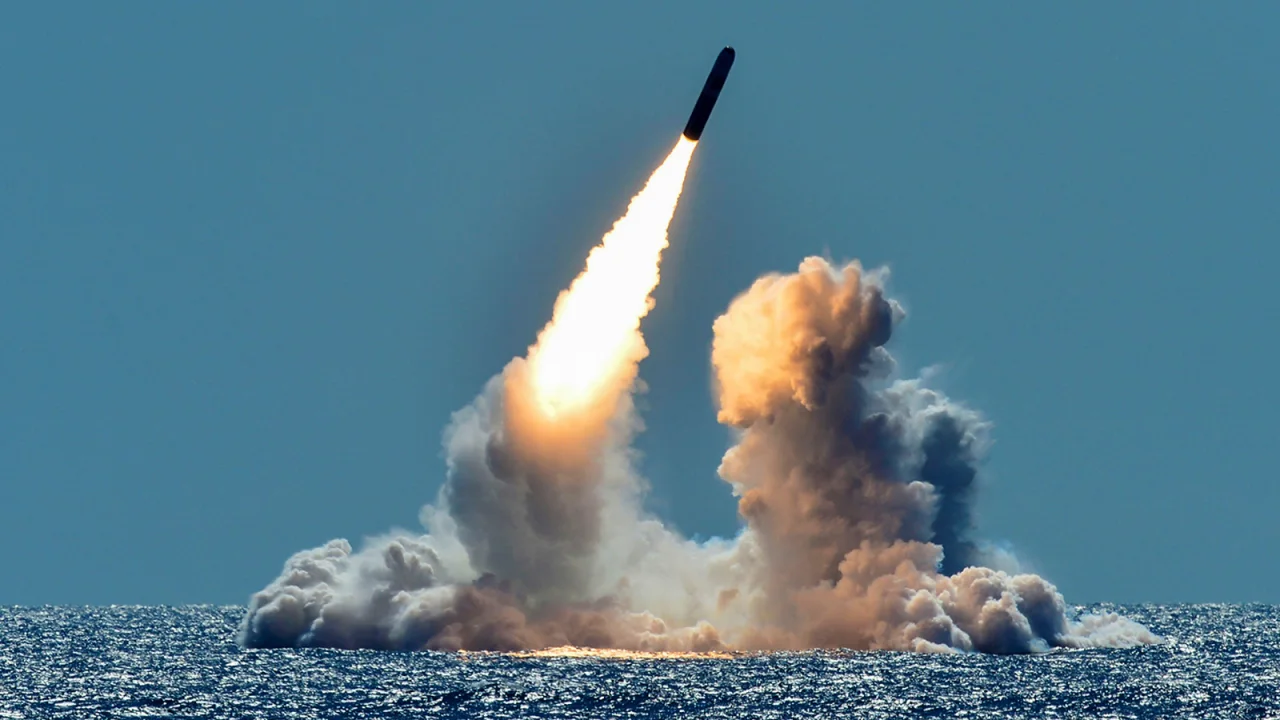
An unarmed Trident II D5 missile is test-fired from the Ohio-class submarine USS Nebraska off the coast of California in 2018. Photo: Ronald Gutridge/US Navy/Reuters.
Why send submarines to Korea?
Analysts say the presence of a US Navy nuclear submarine in a South Korean port is largely symbolic and actually detracts from the submarine's real value.
“Tactically, the US and South Korea are effectively undermining the submarine’s greatest capability: the ability to strike by surprise,” said Carl Schuster, a former US Navy captain and former director of operations at the US Naval Operations Command’s Operational Intelligence Center in Hawaii.
One of the key features of deterrence strategy is its surprise.
“Nuclear deterrence requires that, although an adversary knows the existence and size of a nation’s nuclear weapons systems, it cannot know precisely how far and how large an attack will be, or when these weapons might be used,” wrote US Navy Commander Daniel Post in a January issue of the Proceedings of the US Naval Institute.
A US nuclear submarine thousands of miles from North Korea could still strike Pyongyang with near-undetectability.
A submarine docking in South Korea — a decision that requires 24 to 48 hours of planning — would make it highly detectable, giving North Korea an advantage.
“If Kim Jong Un had a plan for a surprise attack, we would have given them the location of the submarine and the time it would be there,” Schuster said.
Maybe just for the sake of symbolism
Analysts say the US simply wants to reassure one of its most important allies that it will support them.
Kim Jong Un is steadily strengthening North Korea’s nuclear missile force, testing them at a record pace in 2022. In a year-end speech, the North Korean leader called for an “exponential increase” in the country’s nuclear weapons in response to what he sees as threats from South Korea and the United States.
Threats from Kim Jong Un have prompted some in South Korea to call for the Seoul government to acquire nuclear weapons. The United States does not want nuclear weapons to spread on the peninsula, so it has tried to reassure its ally by showing off its military might in the region, including flying nuclear-capable B-52 bombers over South Korea.
The decision to send the submarine is only meant to underscore these reassurances and enhance US credibility, said Kim Jung-sup, a senior fellow at the Sejong Institute's Center for Defense Studies in Seoul.
“Of course, they are different types of weapons, but I don't think they are much different at the core, which is that they are both strategic weapons to send a message of nuclear retaliation to North Korea,” he said.
Regarding the US exposing its submarines, some analysts say that this usually only happens right before a nuclear war breaks out, and at that time these submarines have failed in their deterrence mission.
“The biggest goal of these submarines is deterrence and reassurance,” said Drew Thompson, a senior research fellow at the Lee Kuan Yew School of Public Policy at the National University of Singapore.
“Strategic weapons such as nuclear submarines and the missiles on them are not equipped for use.”
Nguyen Quang Minh (According to CNN)
Source













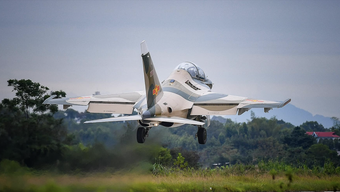









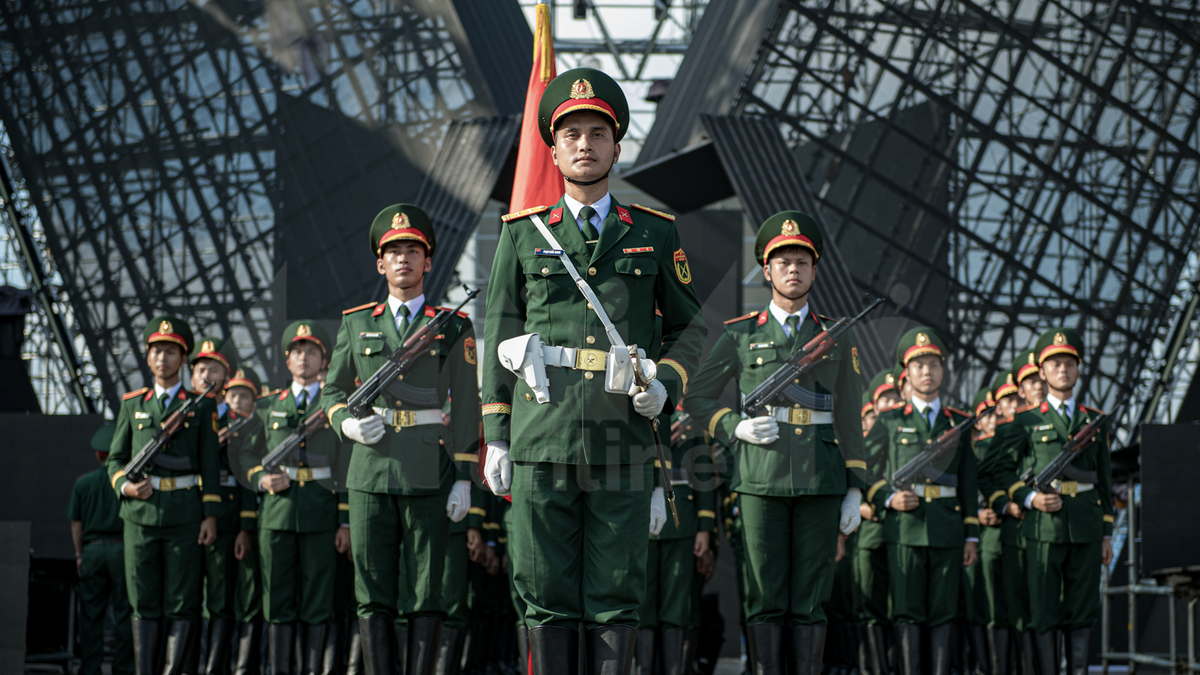




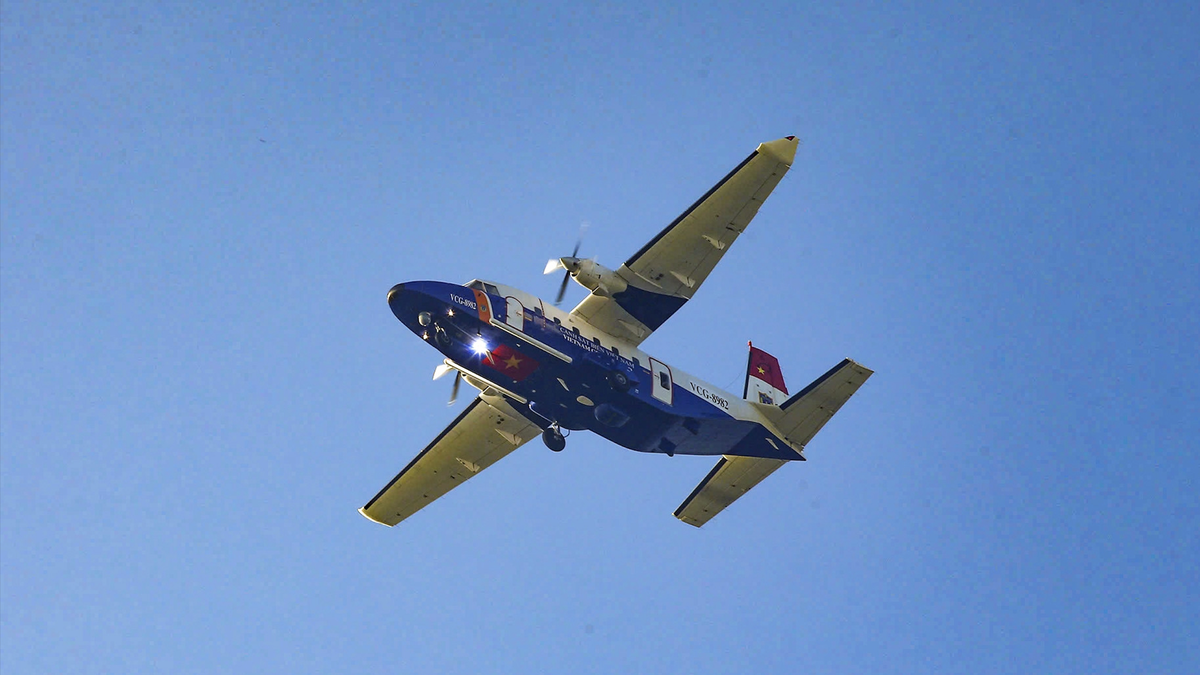







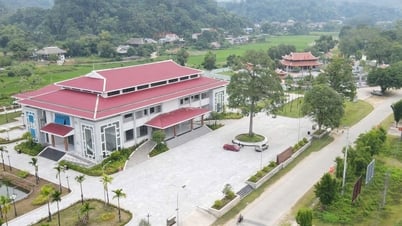

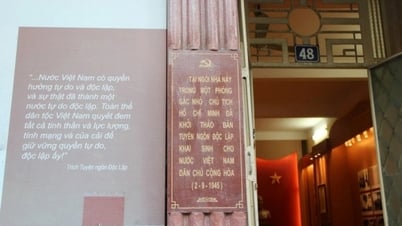























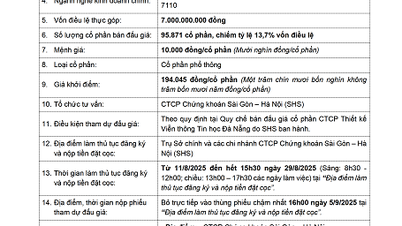



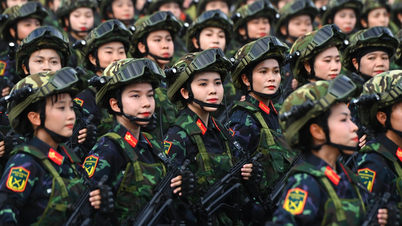





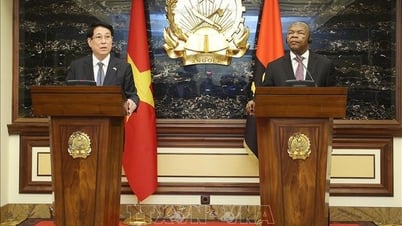



























Comment (0)